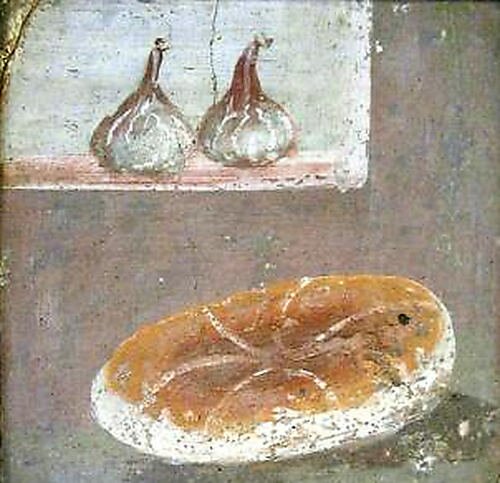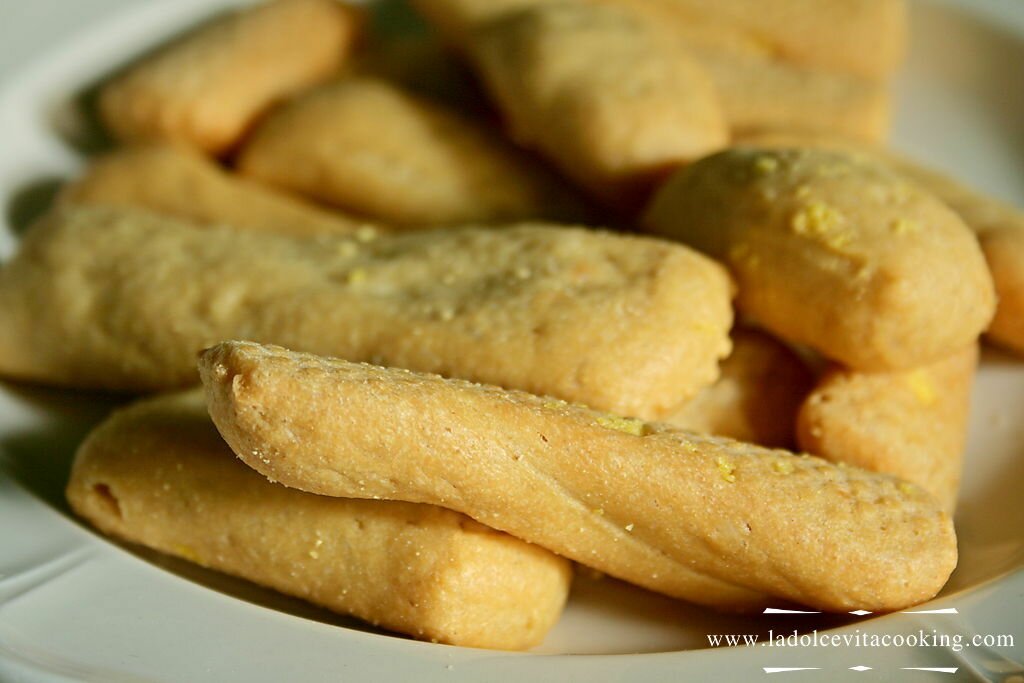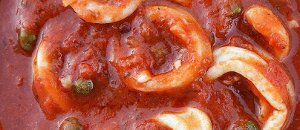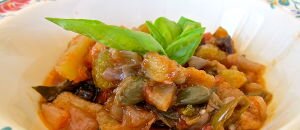Written by Maria Pistocchi — Wednesday, October 10th, 2012
The bread - history and curiosities
We eat something with a history of more than 30,000 years!
Among Italian people is quite a regular habit to ask for extra bread while they are at restaurant, mainly because the bread in the Latin culture has a major role and it's considered the essential base for other foods.

A speedy history of the bread
In the very beginning, the bread was a mixture of flour and water. It was cooked on hot stones, and the result was an unleavened bread. We don't know if it was worst of better than the one we know today; undoubtedly it was different!
Later the oven was discovered and appeared the baking powder.
In the Middle Ages, the white wheat bread was considered valuable, but in the poorest areas other types of cereals for making the bread were also used. In those times the baker was considered a profession of public utility; the bakers could work on Sundays and during the curfew, but they could not bake bread on a windy day (uhm...) and had to keep their labs very clean.
The furnace had to be located away from housing or from combustible materials and actually the use of wood in the structures was forbidden.
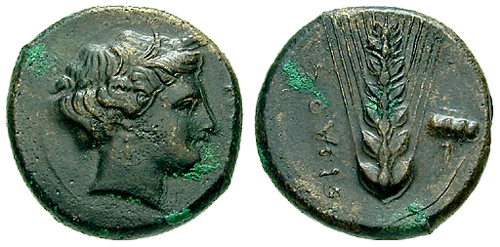 The itinerant sale of bread was made by the women who took care of purchasing the raw materials: the bakers made the bread and then women were selling it. As not, the bread had varying prices depending on its size; with an obol (an ancient money) you could buy a good loaf.
The itinerant sale of bread was made by the women who took care of purchasing the raw materials: the bakers made the bread and then women were selling it. As not, the bread had varying prices depending on its size; with an obol (an ancient money) you could buy a good loaf.
How did they make the bread?
First of all the baker separated the flour from the bran with a tool called Buratto which is a sort of primitive sieve. Then he mixed the flour with warm water and yeast, kneaded and put to rest. For the yeast was used a little already leavened dough, stored separately.
Some ways of saying, bread related
The Italian saying rendere pan per focaccia (literally to give bread for flat bread) is the English to give tit for tat. It has ancient origins, probably dating back to ancient Rome, and it means responding to a wrong with the same hardness.
In Italian the word companatico means something eaten together with bread; it comes from the Latin cum panis.
Sources
Obol image by Classical Numismatic Group, Inc. http://www.cngcoins.com, Creative Commons Attribution-Share Alike 3.0 Unported license
Comments
latest articles
Italian street food: Genoese focaccia recipe
Simplicity tastes good!
Father's Day traditions from a small old Sicilian village
A very peculiar recipe from Sicily, made especially on Saint Joseph’s day.
A brief history of Gelato
Gelato: what a passion! Do you know where it comes from?
Squid soup recipe from Agrigento
Wandering around Sicily: a trip to Agrigento.
Caponata: a delicious veggie dish!
From Palermo with love.

